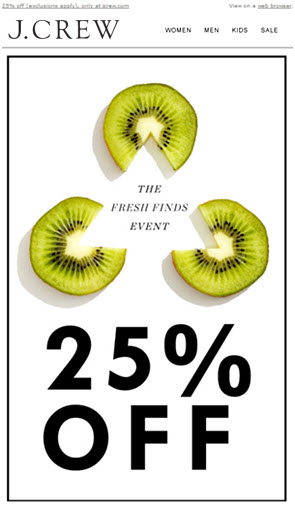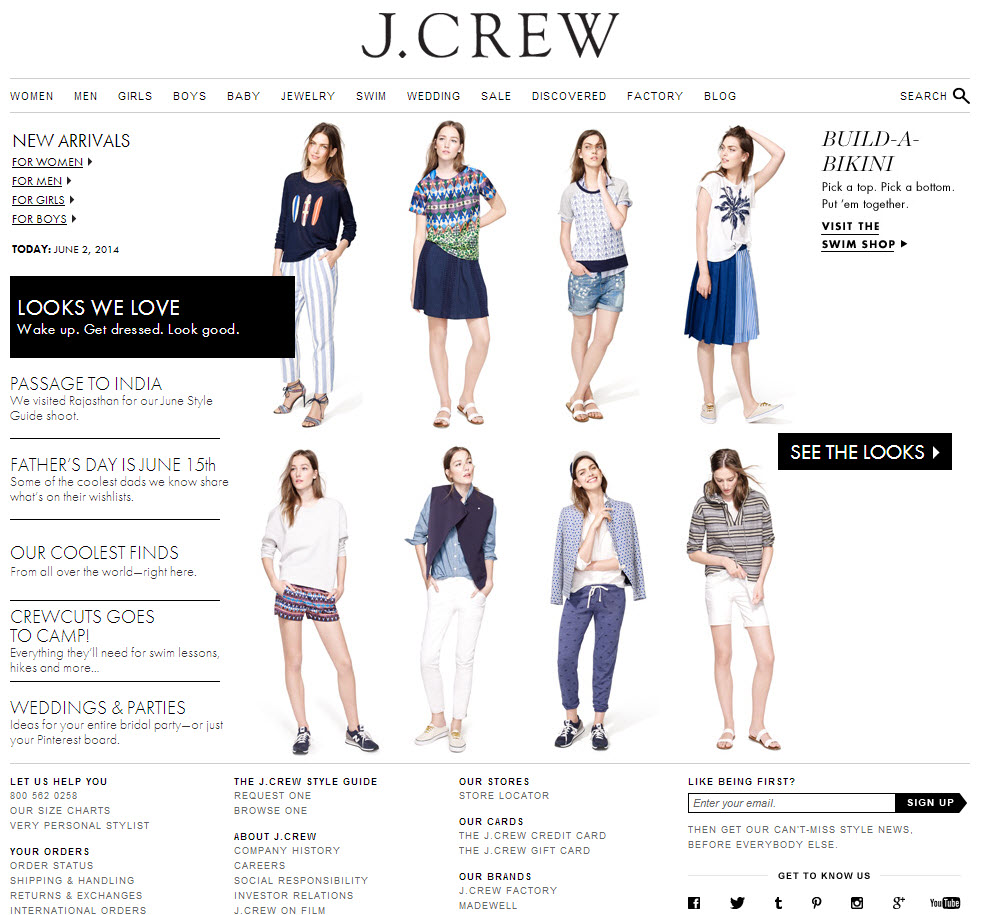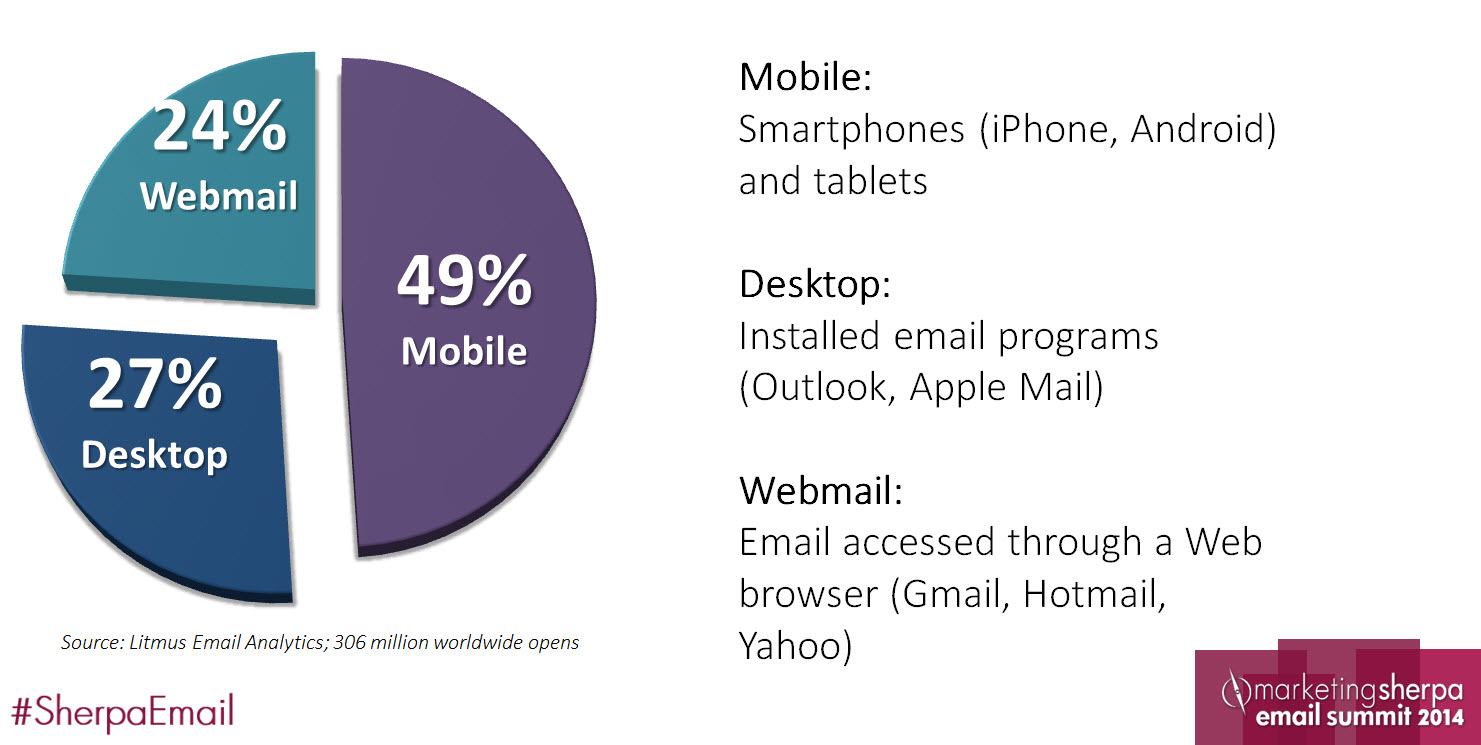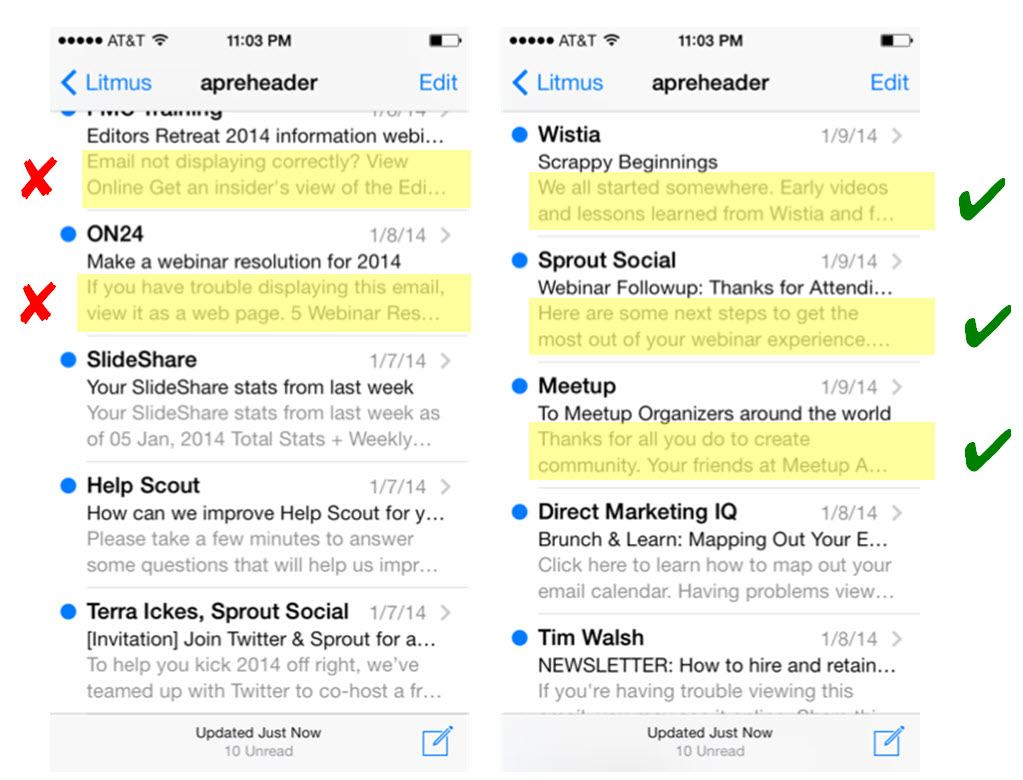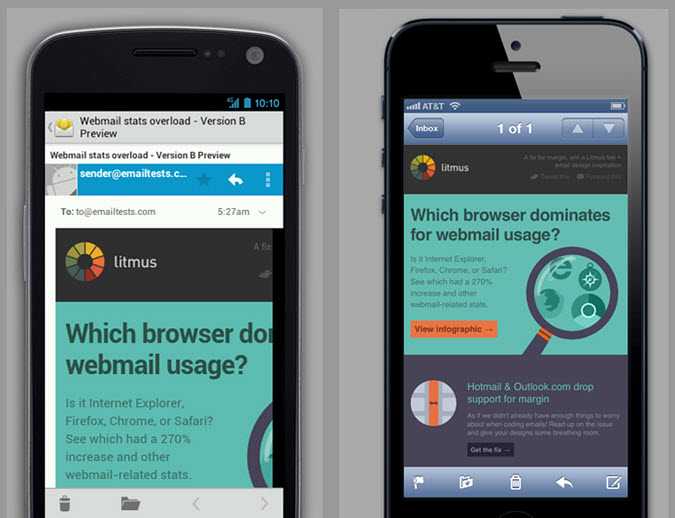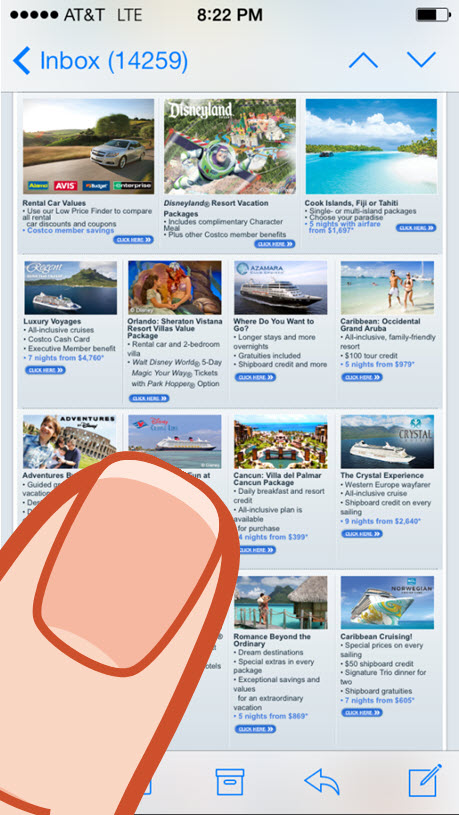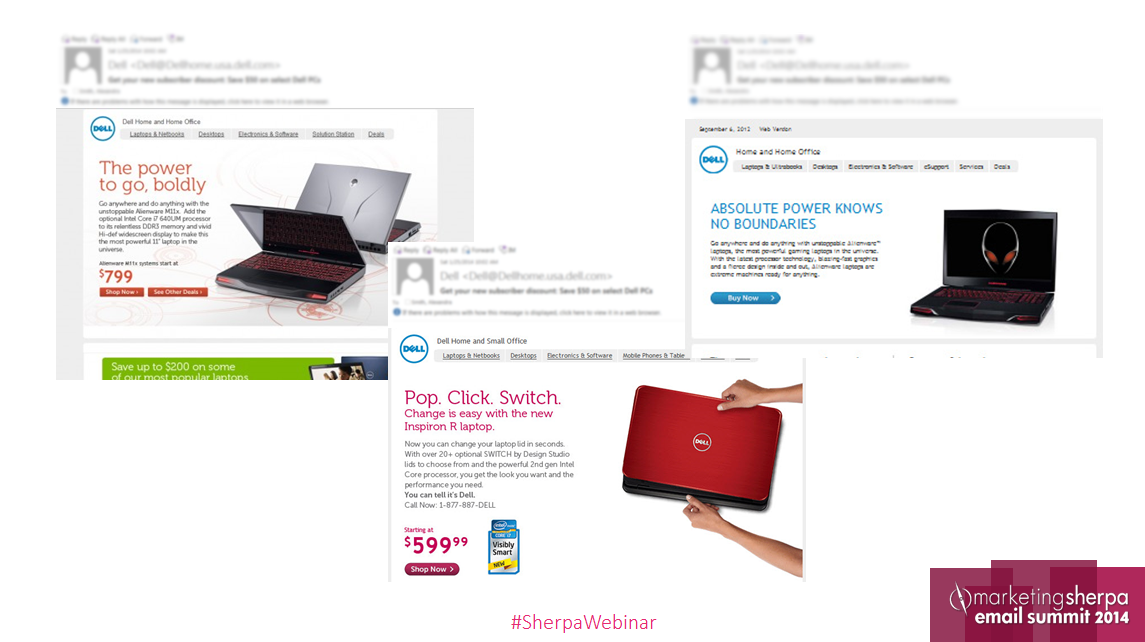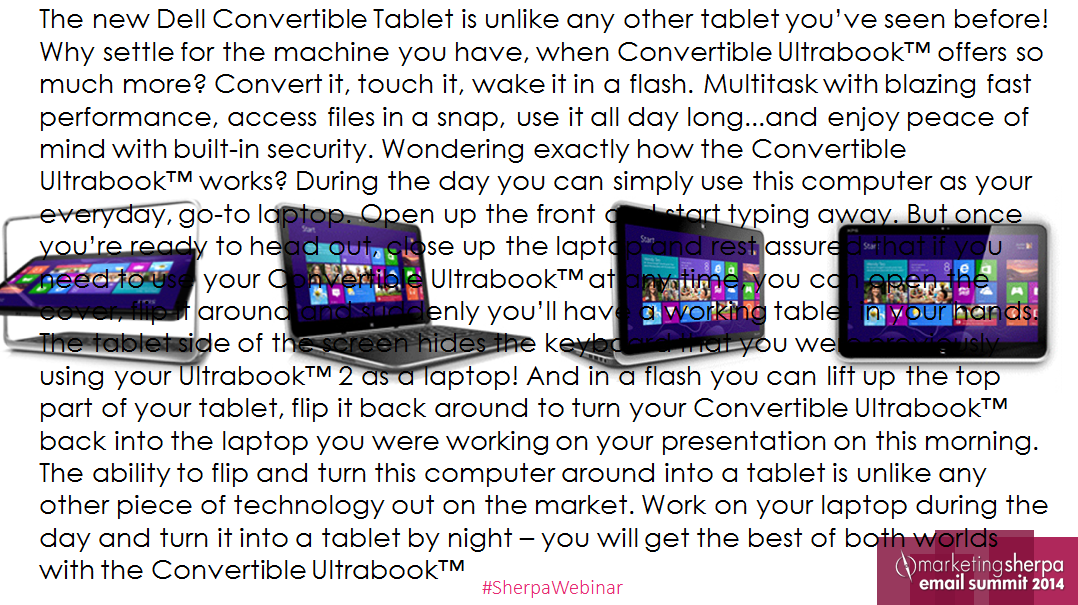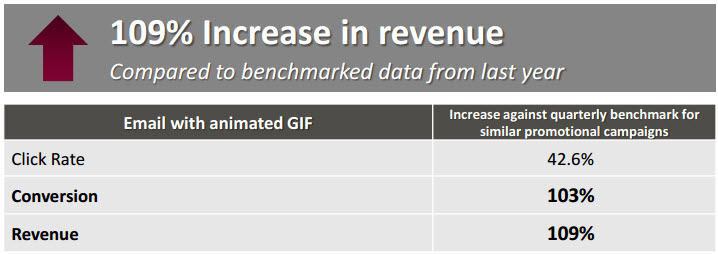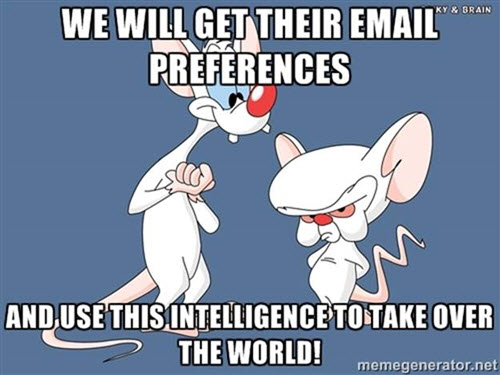Email Marketing: One good reason to segment your list
I am a frequent shopper at J. Crew.
It is a great brand and I even have one of the store credit cards with the absurd interest rate because I‘ve shopped there to the point that I’ve convinced myself the perks far outweigh the costs.
After all of my online purchases and in-store interactions, I would love to think J. Crew has a tremendous amount of data on my purchase history.
So when I recently received an email from J. Crew that challenged those beliefs, I wanted to share it in this MarketingSherpa Blog post as a great example of why segmentation is so vital in today’s marketplace.
Every inbox is only one step from the trash
Flint McGlaughlin, Managing Director, MECLABS, often says a typical email recipient skims their email inbox for what can be deleted.
I agree because I never can think of a time when I was relieved by the sight of a massive pile of emails that I needed to sift through.
I also trust J. Crew and have an interest in what it sends me, so when I read the subject line:
“Something very good for you is inside…”
It sparked my interest, especially when coupled with the preheader of “25% off (exclusions apply).”
It definitely got a click from me.
Here’s the email I opened after reading the subject line. The research manager in me can’t help but analyze its contents.
The body of the email, while being simplistic, has continuity from the subject line.
Well played, J. Crew!
There was also no superfluous content from what I could tell, which can distract recipients and even cause abandonment.
The call-to-action matched my expectations from the subject line and there was no attempt to make a sale in the body of the email.
All of these factors combined convinced me to click through.
And then it happened
Here’s a screenshot of the landing page J. Crew sent me to.
It did a great job at capturing my interest with the subject line and converting that attention into action – in the form of a clickthrough. However, it lost me on the landing page.
I landed here, looked at the page for a few seconds and left.
One thing the company should have known about me from my purchase history is that I’m unlikely to purchase women’s apparel.




